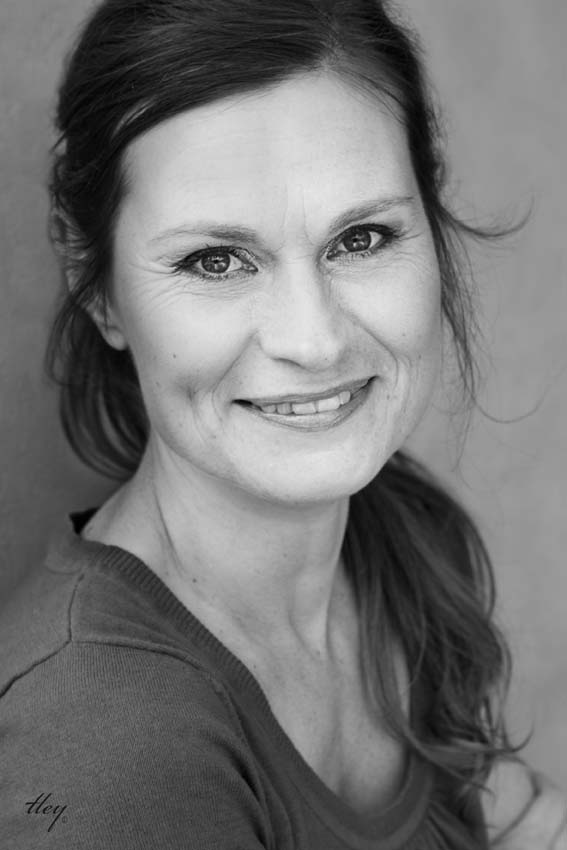A question i often like to ask
craft vendors is how they arrive at their quoted prices. The responses
are varied, but usually have one thing in common-vagueness. The reason, i
suspect, is that the vendor does not have a concrete pricing strategy
in place, making it a largely arbitrary process.
Identifying
and developing a pricing strategy for creative products and services is often misunderstood and the mere mention will instantaneously elicit feelings of doubt and anxiety.
Understanding
and applying any one of the various pricing strategies can mean the
difference between success and failure. In the first of a two part
series, i will take you through the various strategies.
Let
me start off by differentiating two concepts that often cause some
confusion: price and cost. According to Wiki.answers.com, price is
defined as what you sell something for, cost
is what you paid for it or what it cost to produce it.
There are various pricing strategies, but i have listed the most appropriate in regard to craft enterprises.
1. Cost plus pricing-
The most common of pricing strategies, it involves calculating your
cost price and then adding a mark up or profit margin. Keeping record
of all your expenditure as well as time
spent on the project is key in this strategy. So long
as you have your costs calculated correctly and have accurately
predicted your sales volume, you will always be operating at a profit.
2. Value based pricing-
The setting of price based on the benefits the product or service
provides the consumer. Enterprises that offer highly unique products and
services are well positioned to adapt this strategy. It is usually the
most profitable form of pricing.
3. Market based pricing-
Also known as a competition-based
strategy, prices are determined by what similar products in the market are selling for. The price is then set higher or lower than market price.
4. Psychological pricing- A pricing strategy that relies on making prices appear more attractive to consumers. It is based on the notion that humans are not
perfectly rational and that certain prices are more attractive than
others. There are 5 basic models in this strategy
a) Premium pricing or "skimming"- The practice of keeping the price of a product or
service artificially high in order to encourage favorable perceptions
among buyers. The practice is intended to
exploit the notion that expensive items are of exceptional quality.
Sources: ehow.com, entrepreneur.com, wikipedia.org, organizerightnow.wordpress.com, 123rf.com


